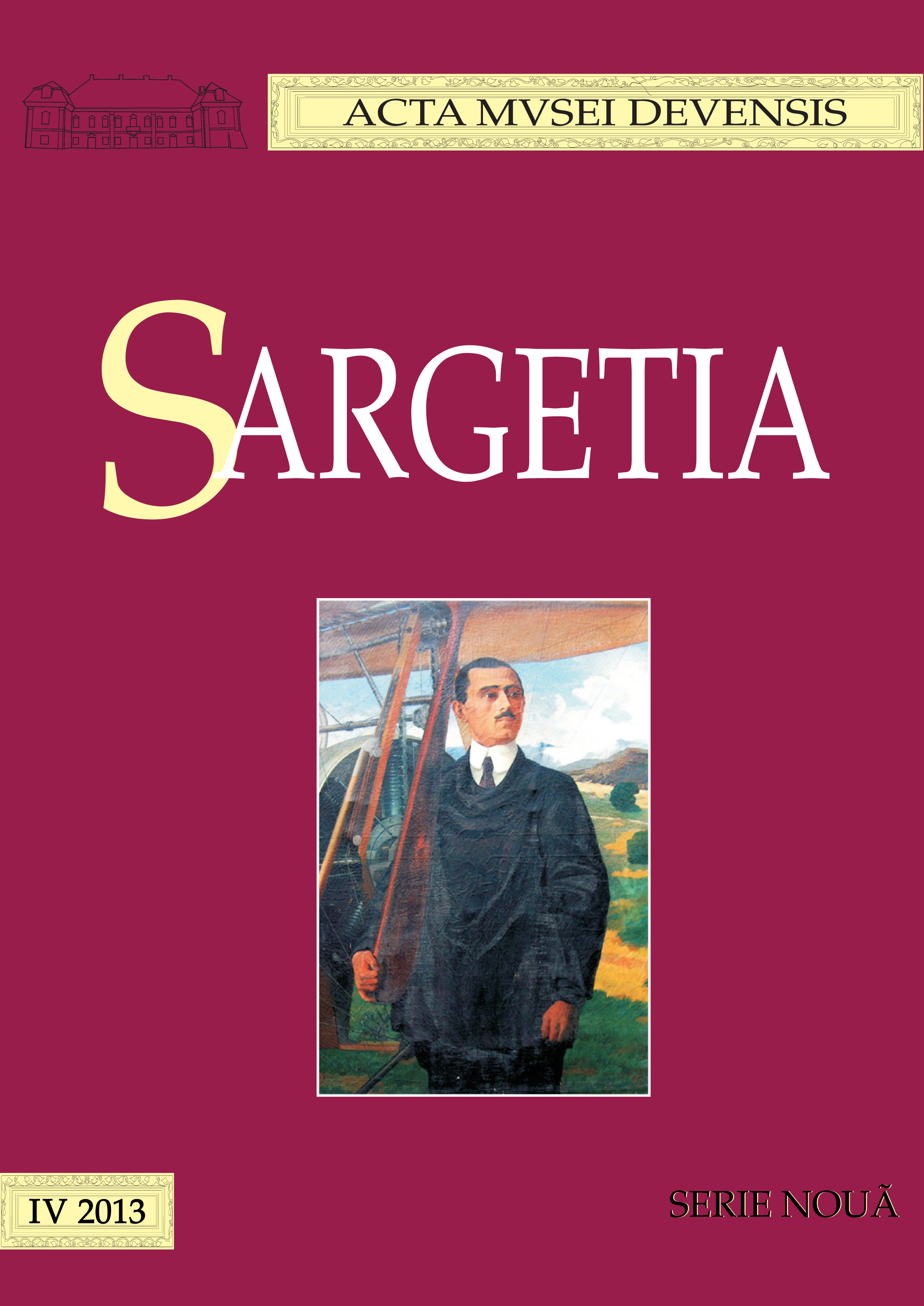Aşezarea din a doua epocă a fierului de la Cluj-Napoca – Sinitău
The Second Iron Age Settlement from Cluj-Napoca – Sinitău
Author(s): Dinu BereteuSubject(s): Archaeology
Published by: Editura Altip
Keywords: Dacians; Celts; Someşul Mic basin; Middle La Tène; salt
Summary/Abstract: The paper discusses several aspects concerning the archaeological situation in the Someşul Mic basin, particularly in its upper part, during the Middle La Tène period. Up until not long ago, the area was known to scholars through Celtic finds, whose funerary character appealed more than the few discoveries associated with the local autochthonous population. To the latter it is now added a new archaeological point identified by field survey in the vicinity of the south-western part of the city of Cluj-Napoca, at the northern foot of Sinitău hill (Fig. 1-2). The ceramic shards found on the surface belonged to hand made pottery (Pl. I-VII), of local aspect, as well as to wheel thrown pottery (Pl. VIII), of Celtic aspect, from the Middle La Tène period. They have been discussed together with the monetary finds of Crişeni-Berchieş and Tonciu type, considered to have been produced around the city of Cluj-Napoca during this time span. Given the vital role of salt for survival, hence the importance of its extraction and trade towards areas that lack the mineral, the economic implications of these activities could not be ignored as well. The settlement from Sinitău hill is currently so far little known. If its research will continue in the future, in a systematic approach, this could improve essentially to our knowledge over this time span in the area, as well as to the understanding of the relations between the local population and Celts.
Journal: Sargetia. Acta Musei Devensis
- Issue Year: 2013
- Issue No: 4
- Page Range: 73-100
- Page Count: 28
- Language: English, Romanian

